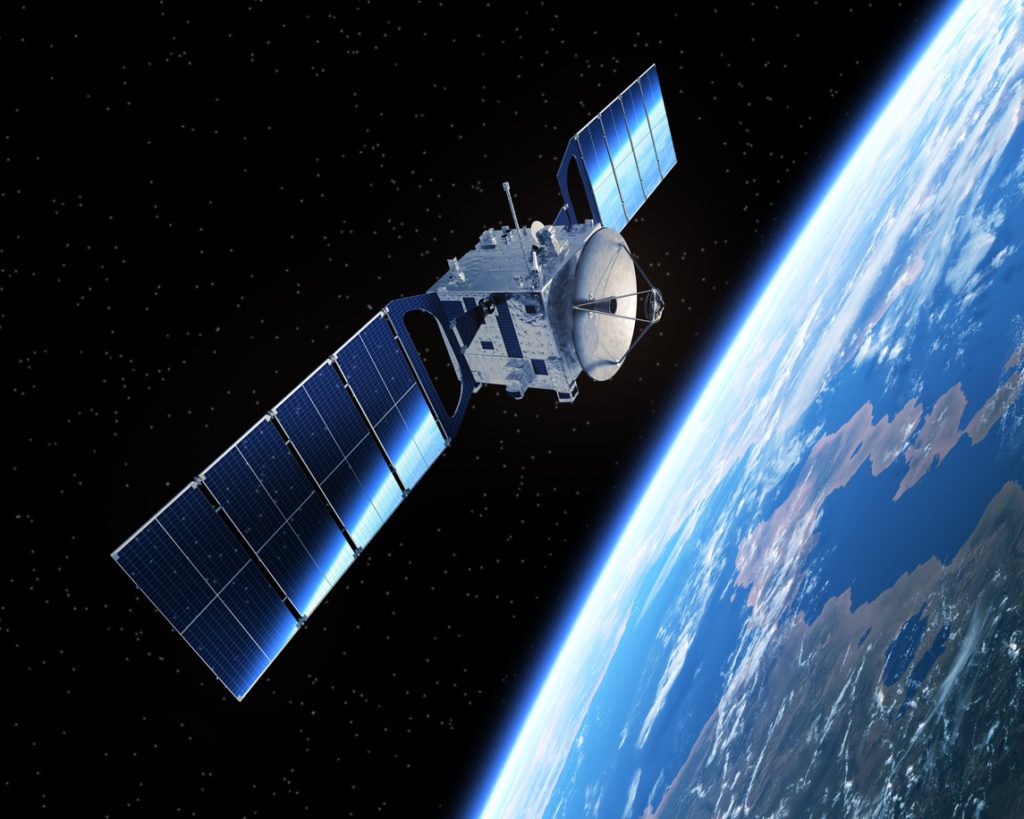Satellite imaging provides geospatial data and information in the form of real-time images. Previously, the governments sold those captured images to the popular satellite imaging businesses such as Google Maps and Apple Maps. Nowadays, there are nimble small firms such as Planet labs and Skybox, who are focusing on using satellite imagery to provide data in industries such as agriculture, ecological research, and mapping. The commercial satellite imaging market has expanded by leaps and bounds due to the numerous players joining the market and increasing demand for earth observation data.
In this technological era, the invention of easy-to-use software with multiple accessibilities to satellite imagery database fuels many organizations in providing commercial satellite images, effortlessly. The global commercial satellite imaging market is projected to register a promising CAGR of 11.4% from 2015 to 2023.
Continued Technological Innovation Fuels Global Satellite Imaging Market
The amalgamation of advanced technologies in satellite imaging helps many smaller firms in providing geospatial data with huge accuracy. The technologies incorporated in commercial satellite imaging are optical technology and radar technology. The constant demand for advanced and high resolution satellite imagery in the field of emergency services, environmental protection, national defense organizations, and homeland security agencies are the major factors driving the growth in the global commercial satellite imaging market. Along with these, the rising adoption of local-based services by various end-users such as defense, forestry, insurance and energy, civil engineering, commercial enterprises, and agriculture is expected to propel the global commercial satellite imaging market. Commercial satellite imaging is being extensively used in areas such as media and entertainment, disaster response management, conservation and research, construction and development, natural resources and energy, and defense and intelligence.
Purchase Premium Research Report on Satellite Imaging Market @
https://www.transparencymarketresearch.com/checkout.php?rep_id=577<ype=S
Spurt in Private Satellite Companies Intensifying Competition in the Market
Plenty of private companies operating in the market are competing based on launching satellites and providing higher resolution images. For instance, total 26 satellites are designed to be launched under the contracts of Glavkosmos and GK launch services. Axelspace has designed a microsatellite, named as GRUS, for capturing images at a resolution of 2.5m and also covering the globe on a daily basis. A spacecraft called as ZACube-2, has been created by the experts of Peninsula University in South Africa, focuses on detecting forest fires through using near-infrared imaging equipment. These various innovations in launching satellites by multiple players are expected to boost the global commercial satellite imaging market.
North America to lead the Global Market Owing to High Government Funding
Geographically, North America leads the global commercial satellite imaging market and going forward too, it is likely to hold on to its leading position. This is on account of the establishment of numerous firms who are aimed at launching satellites through using a wide range of advanced technologies. Growing government funds in launching satellites, and growing industrialization could also be responsible for propelling the global commercial satellite imaging market in the region. Latin America is expected to be another crucial region in the coming years due to the fast-expanding market in the region. Growing demand of commercial satellite images in the agricultural and industrial sectors are believed to drive the global commercial satellite imaging market in the region.



































